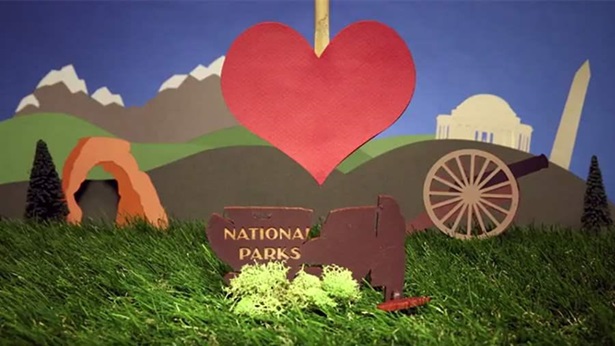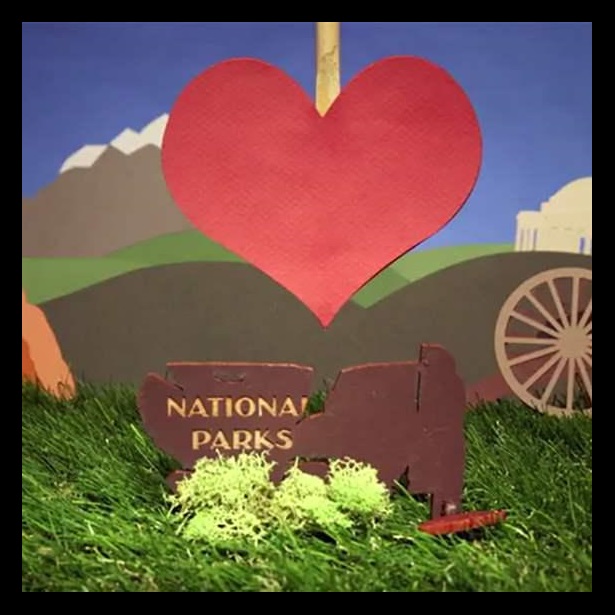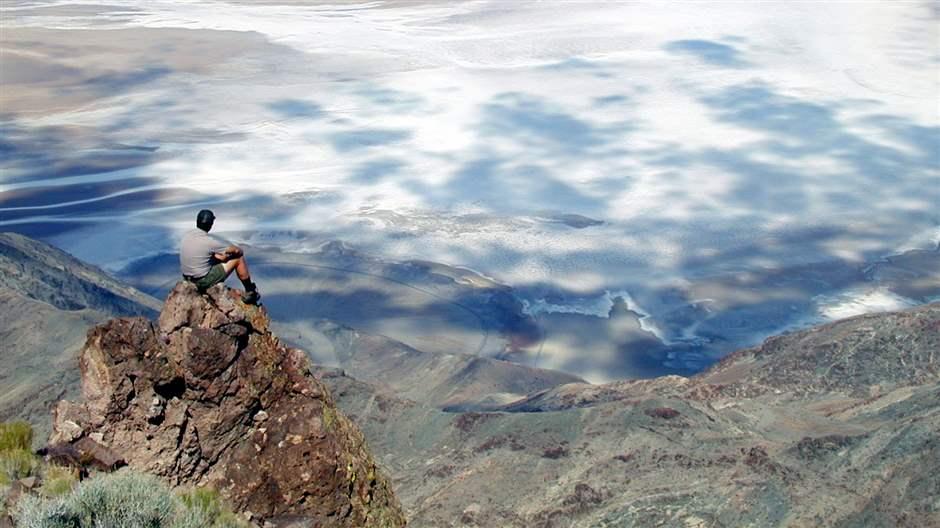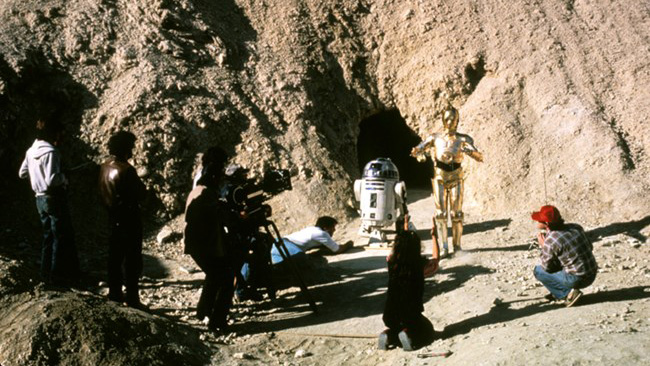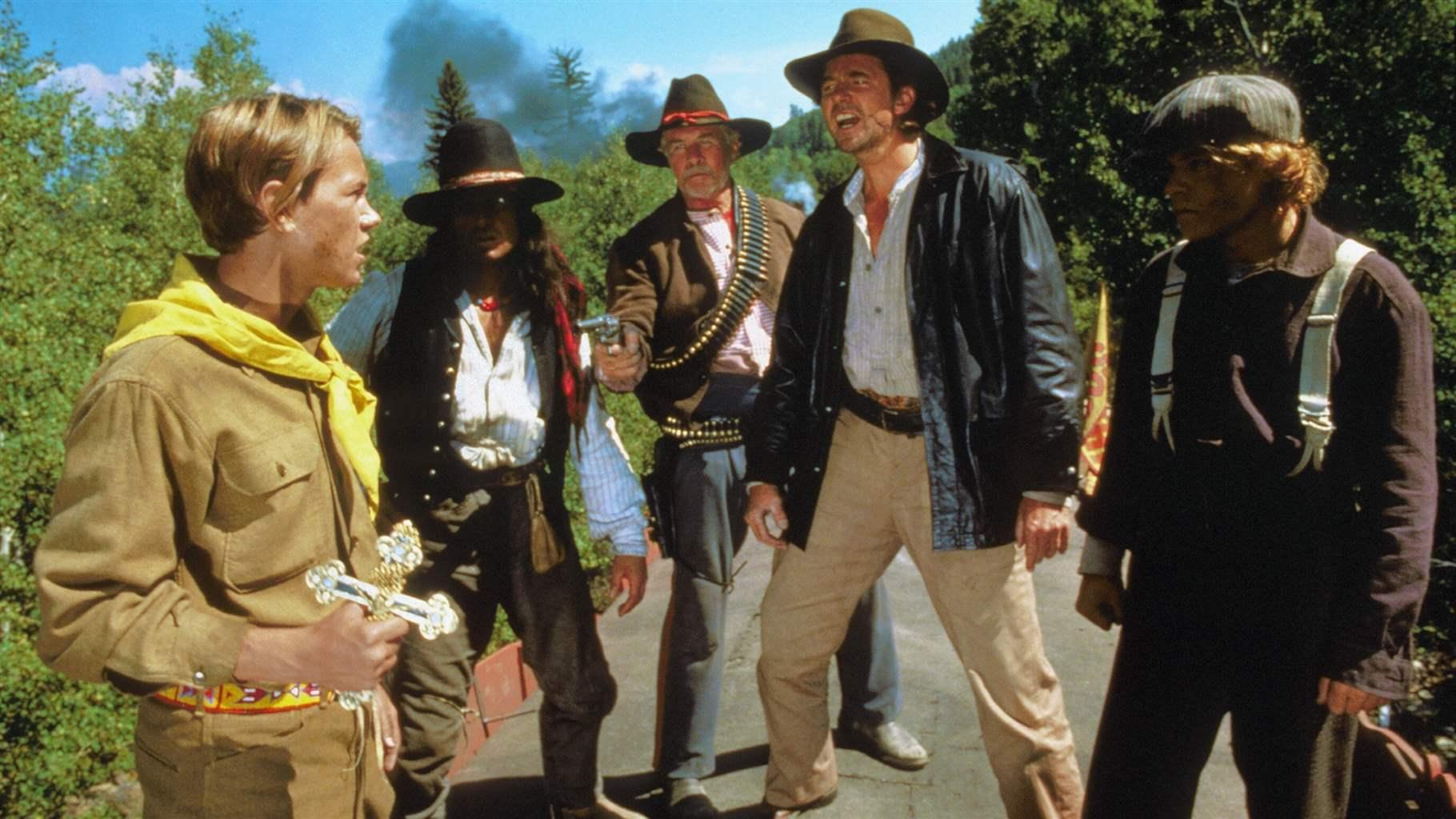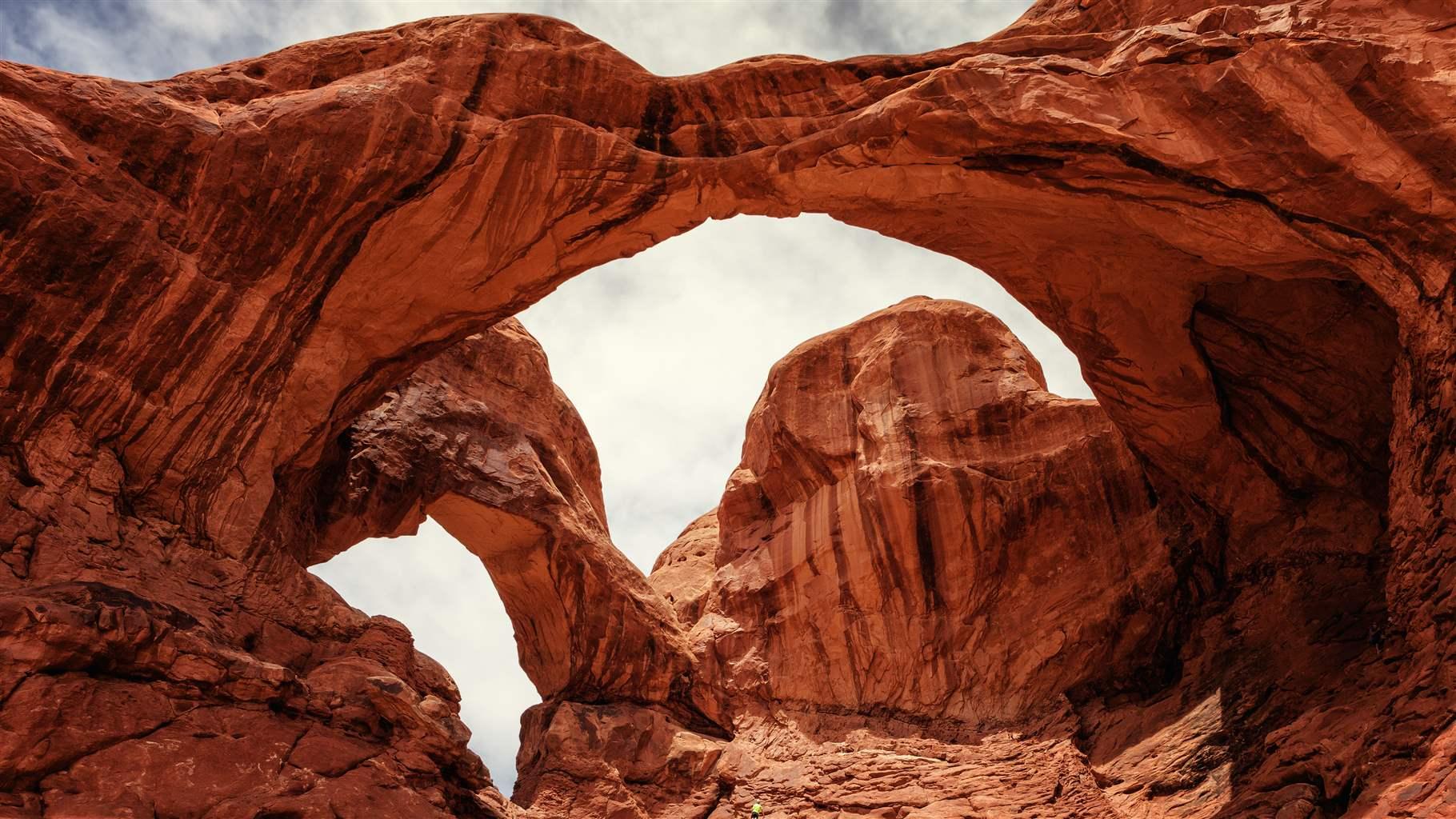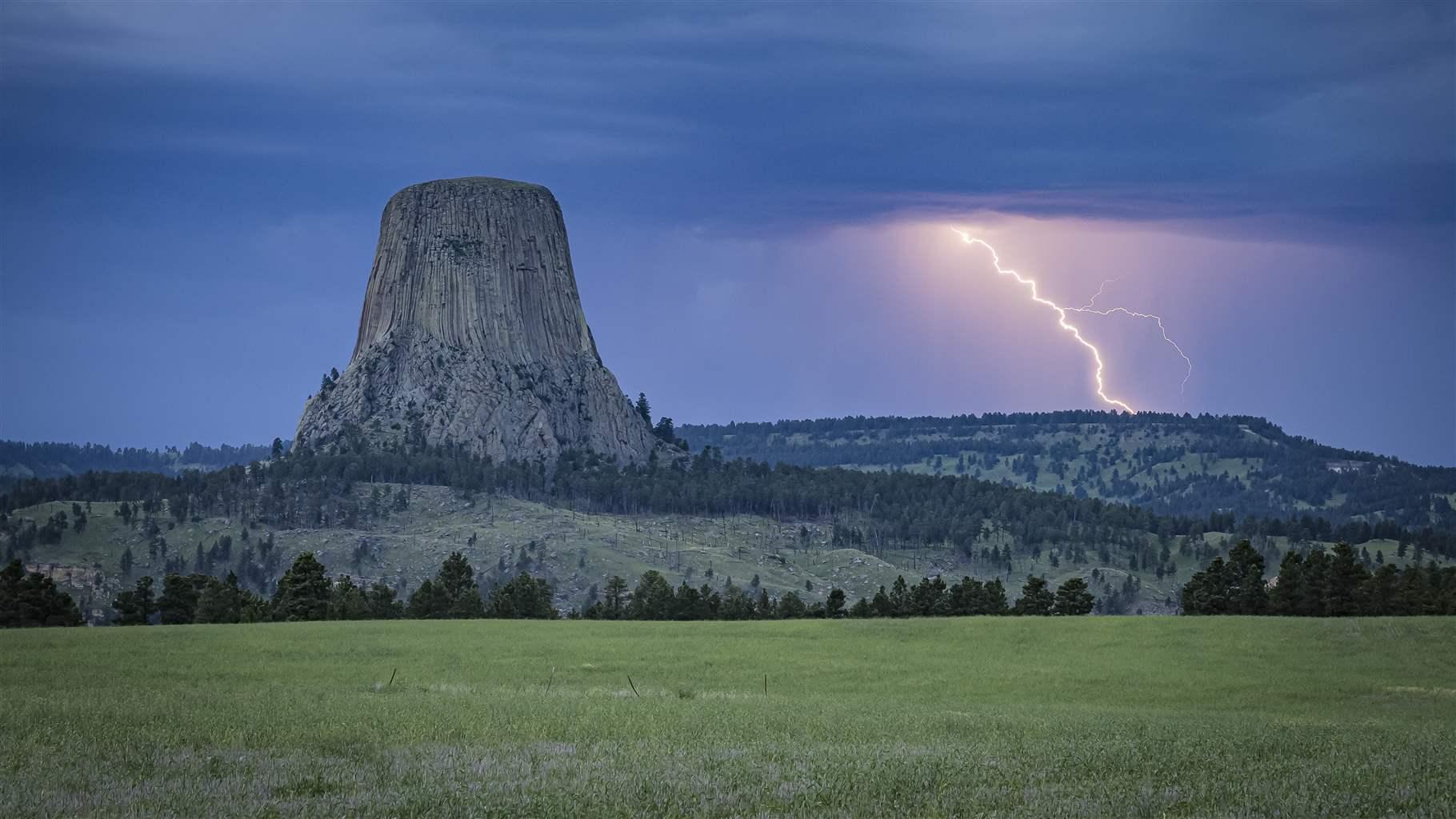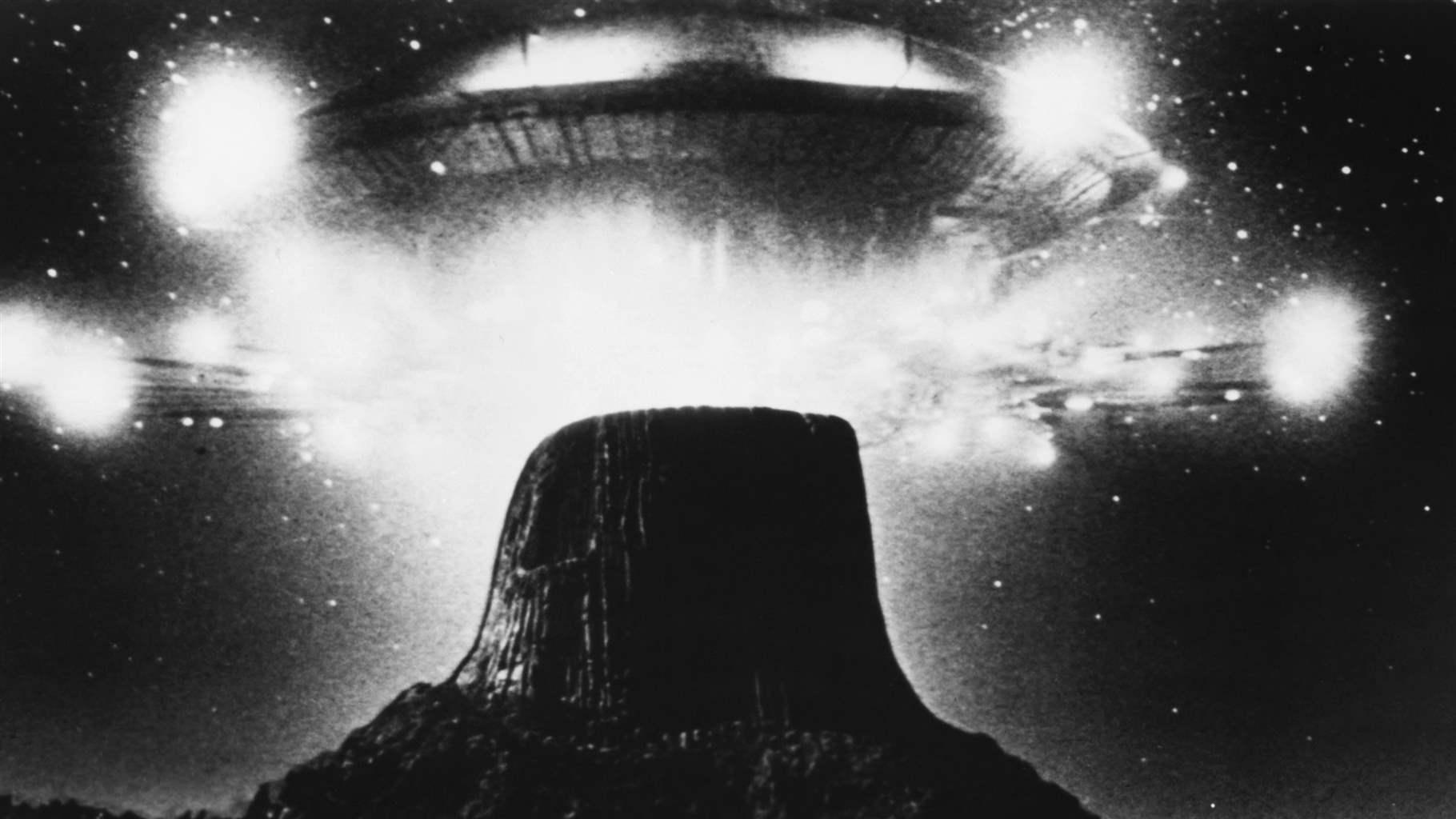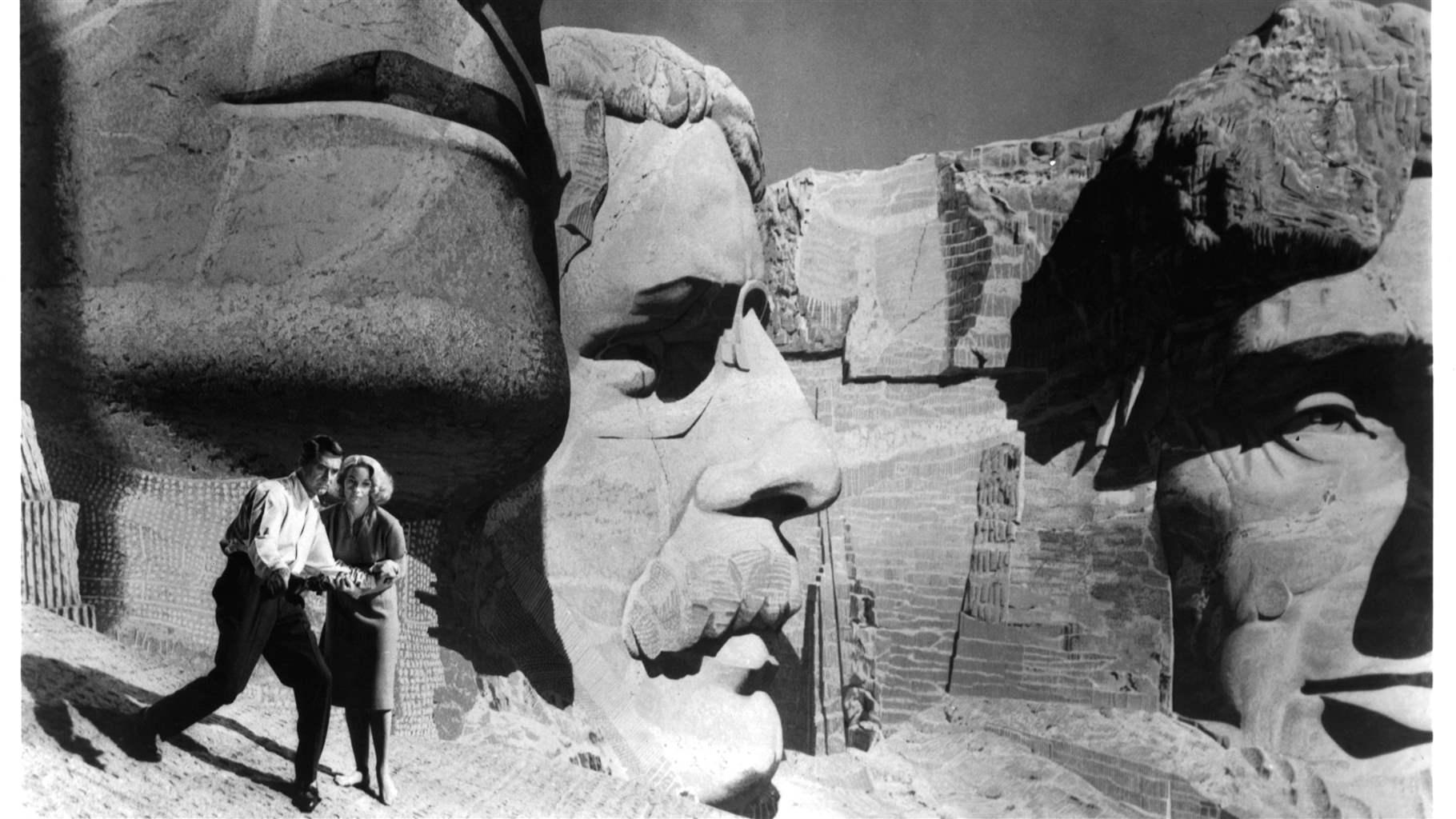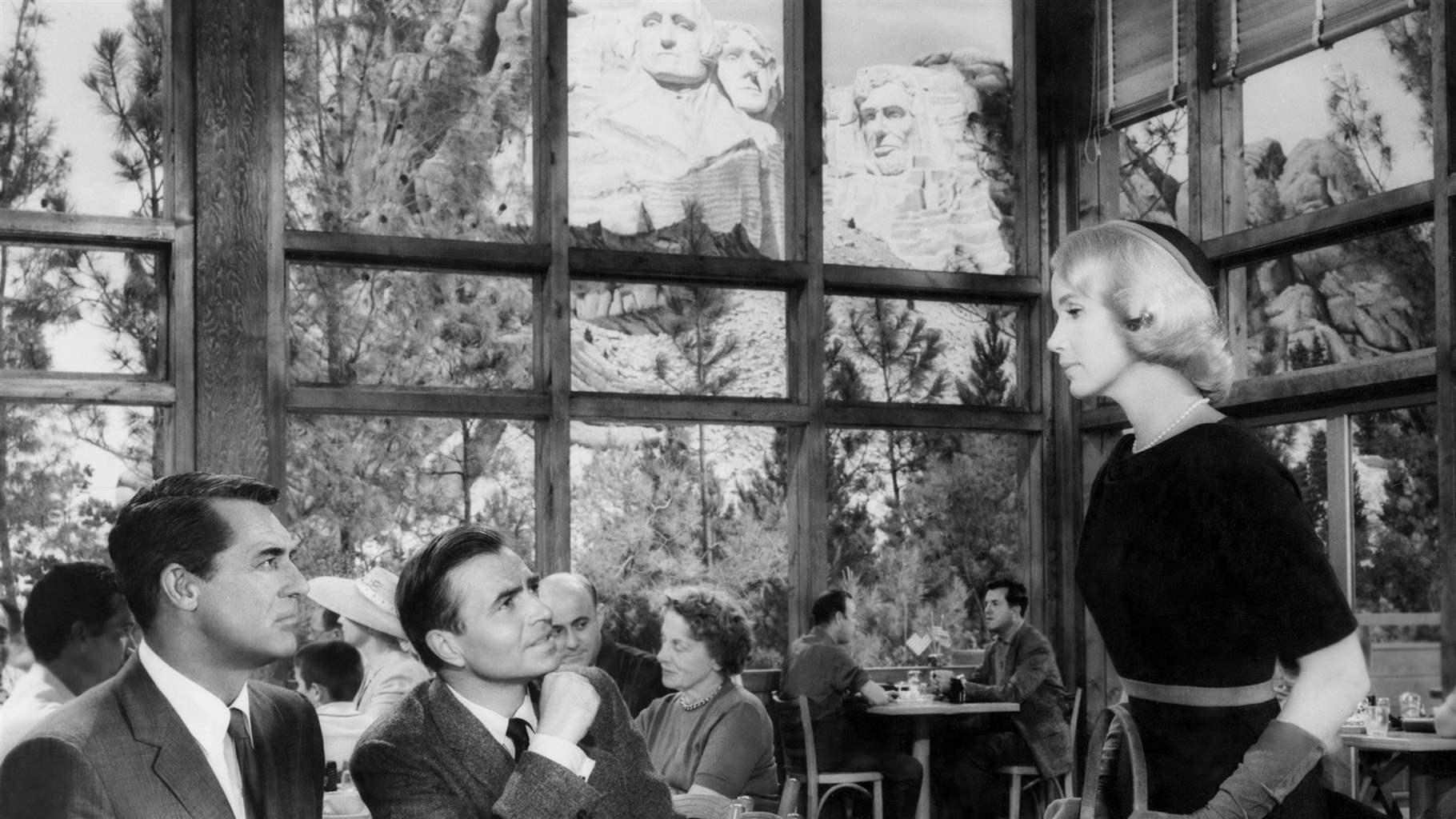National Parks Have Served as Oscar-Winning Movie Backdrops
But with so many now in need of repairs—billions of dollars’ worth overall—they can’t be ready for film action
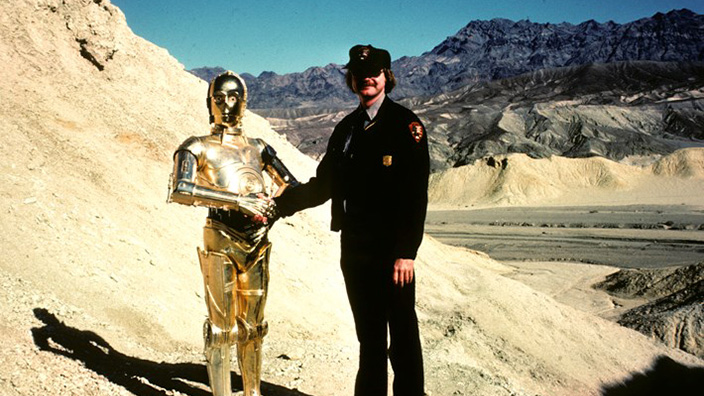
The Oscars are just around the corner—and the locations for a film can be just as important as the actors cast for the leading roles. This is a timely reminder that not all the stars of Hollywood blockbusters are actors or directors.
In fact, although National Park Service (NPS) sites don’t play a starring role in any of this year’s nominees, the parks and their sweeping scenery are no stranger to the spotlight. In past years, several movies filmed in the parks have won Academy Awards—or at least been nominated—including two “Star Wars” movies, an “Indiana Jones” film, “Close Encounters of the Third Kind,” “Forrest Gump,” and even an Alfred Hitchcock classic, “North by Northwest.” (See below for details on the films and their NPS locales.)
However, today many parks need major repairs to return to their glory days—and be ready for an on-camera close-up for filmmakers and visitors alike. Across the country, NPS sites have almost $12 billion in repair needs, including memorials, visitor centers, historic buildings, roads, trails, and even aging sewer, water, and electrical systems.
Congress already has bipartisan and popular legislation that would direct $6.5 billion to help address priority NPS repair needs. If leadership in both chambers brings the Restore Our Parks legislation forward, the three-quarters of lawmakers in the House and 50 senators who support the measures can vote to award the American people—and our treasured national parks—something even more important than a gold statue.
And now: On with the show!
“Star Wars: Episode IV – A New Hope”
Back in 1978 the Force was with “Star Wars: Episode IV – A New Hope,” which earned Academy Awards for Best Original Score, Best Sound, Best Sound Effects Editing, and Best Visual Effects.
Series creator George Lucas used Death Valley National Park for scenes set in the fictional sand dunes of Tatooine, the desert planet where young Luke Skywalker lived. Today many visitors travel to Death Valley see places featured in both that movie and “Star Wars: Episode VI – Return of the Jedi.”
In 2018, 1.7 million people visited Death Valley. Although rangers encourage fans to travel to Dante’s View to see where some of the filming took place, the spot was closed for a few months in 2018 because of construction projects designed to improve both parking areas and the viewing platform where visitors can glimpse a mile-high view of the valley floor. Death Valley National Park had $128 million in repair needs in 2018, with the single largest being $88 million in road repairs. Compromised conditions along Dante’s View Road accounted for $11.3 million.
“Indiana Jones and the Last Crusade”
In 1990, “Indiana Jones and the Last Crusade” won an Oscar for Best Sound Effects Editing, but this third installment in the movie franchise won even bigger at the box office, taking in $474 million. Its opening scene, with a young Indy on a scouting trip confronting grave robbers who are trying to steal a golden crucifix, was filmed in Utah at Arches National Park.
Today the park is trying to cover mounting repair costs at one of Utah’s most popular sites. Arches has more than $24 million in overdue repairs. Most of the necessary repairs are for road work, with $5 million needed to fix the one leading to the most iconic site in the park—Delicate Arch, a landmark depicted on the state’s license plates.
“Close Encounters of the Third Kind”
In 1978, “Close Encounters of the Third Kind” pulled in seven Oscar nominations, including Best Director for Steven Spielberg. On award night it won Best Cinematography and a special achievement award for Sound Effects Editing, strengths that came into play in a scene in which a spaceship hovers at Devil’s Tower in Wyoming.
The National Monument still pulls in film fans who want to see the movie’s alien attraction. However, park rangers are struggling with needed repairs at the site; NPS reports show more than $6 million are needed, including $1 million for road repair, much of it for the main road through the site. The site also needs $840,000 to restore trails, including the one leading up to the iconic natural rock tower.
“North by Northwest”
Alfred Hitchcock’s “North by Northwest” earned three Academy Award nominations in 1960— Best Film Editing, Best Art Direction, and Best Original Screenplay. Unfortunately, it lost out on all of them to “Ben Hur” and “Pillow Talk.”
The film, which the American Film Institute ranks No. 40 on its list of “Greatest American Movies of All Time,” includes several scenes at Mount Rushmore National Memorial in South Dakota, but the ones in which Cary Grant and Eva Marie Saint scale the face of the site were done on a movie set. The cafeteria scene was filmed in an older structure that has since been replaced, and a few other scenes were also filmed within view of the iconic landmark. The site welcomed 2.3 million visitors in 2018, and the same year NPS data indicated it needed more than $14 million in repairs. Though the national memorial remains open, NPS is currently overseeing $8 million of work there to improve safety and accessibility, which is affecting access to the visitor’s center, Avenue of Flags and other walkways, the main viewing area, and the amphitheater. The first phase of that work is expected to be completed this summer.
“Forrest Gump”
In 1995, “Forrest Gump” garnered 13 Academy Award nominations and won six Oscars, including Best Picture, Best Director, and Best Actor in a Leading Role for Tom Hanks’ portrayal of the title character. Forrest found himself in some important moments in U.S. history—including a war protest at the Lincoln Memorial, where he spoke during the rally and was reunited with his love, Jenny, in the reflecting pool.
In 2018, NPS reported that the same reflecting pool needs $132,000 in repairs; the fix-it list for the Lincoln Memorial totals $4.4 million. These are but a small percentage of the maintenance needs for the entire National Mall and Memorial Parks, which total $655 million.
Marcia Argust directs The Pew Charitable Trusts’ campaign to restore America’s parks.

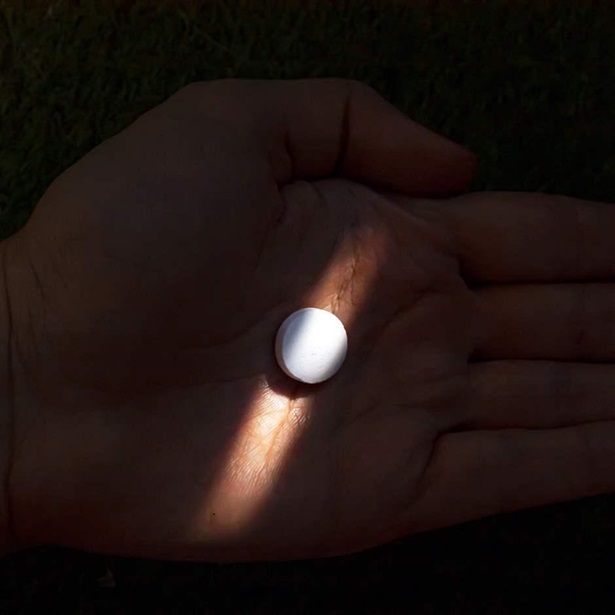
America’s Overdose Crisis
Sign up for our five-email course explaining the overdose crisis in America, the state of treatment access, and ways to improve care
Sign up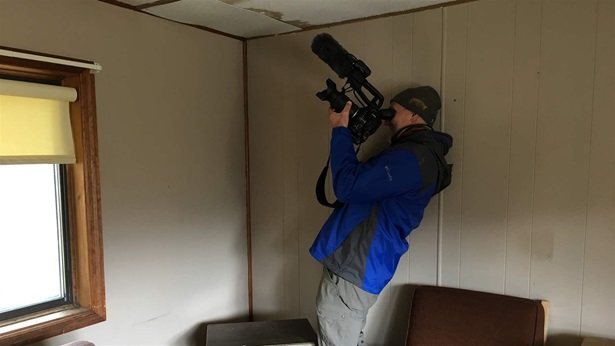
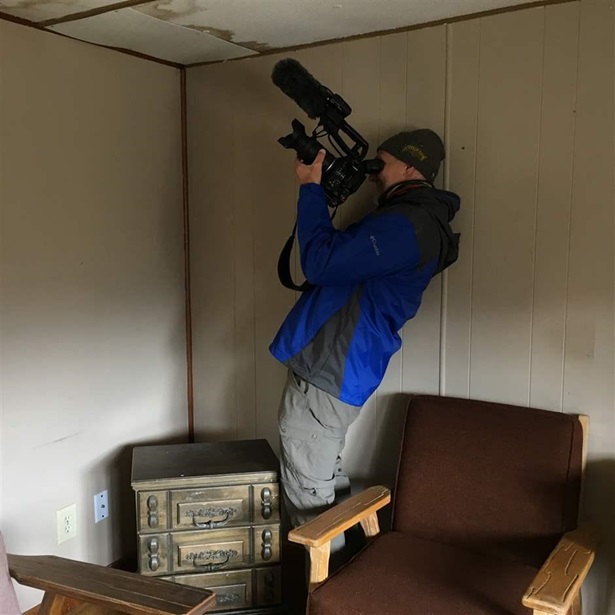
TV Show Highlights Urgent Need for Repairs at National Parks
